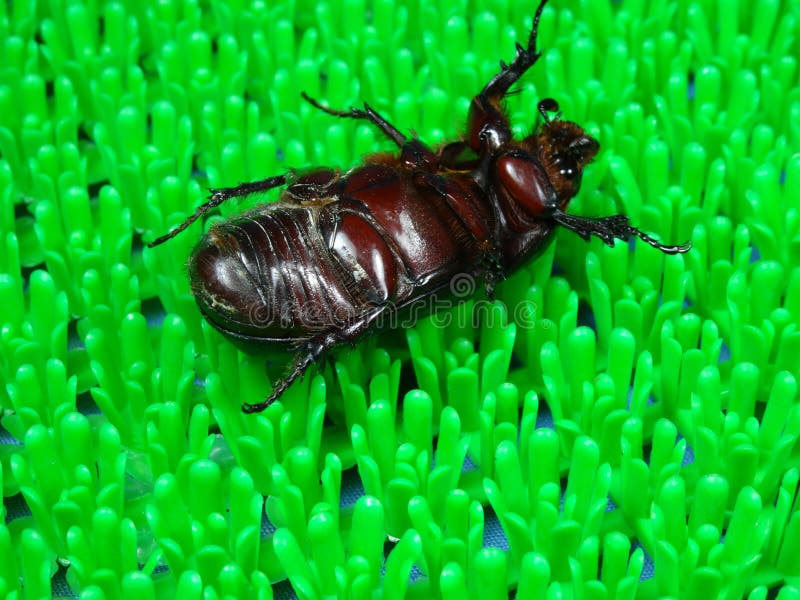
The male-produced aggregation pheromone of the endemic, susceptible strain of O. This and subsequent invasive outbreaks were found to have been caused by a previously unrecognized haplotype, CRB-G, which appeared to be tolerant to OrNV. A new invasion by CRB occurred on Guam in 2007 and eradication attempts failed using commonly applied Oryctes rhinoceros nudivirus (OrNV) isolates. TheĮFB composting method is achievable in 6 weeks with activators of BacillusĪbstractThe coconut rhinoceros beetle, Oryctes rhinoceros (Linnaeus 1758) (Coleoptera: Scarabaeidae: Dynastinae) (CRB), is endemic to tropical Asia where it damages both coconut and oil palm. The EFB then 75 ml of bacterial culture was applied to 1 kg of EFB. The composting stage was carried out by coarsely chopping The research was experimentally conductedĪ factorial randomized block design (RBD) with 2 factors, namely the type of bacteria and Was to determine the availability of nutrient content in EFB composting by the using of

That was the reason why it was neededĪ method of using EFB waste into a capable of high use value product, environmentallyįriendly, and could give a lot of benefits to oil palm farmers. However, the potassium nutrient was found in EFB was too slowĪvailable because of its relatively long breakdown. Oil palm plants required large amounts of macro nutrients,Įspecially potassium. Rhinoceros) to lay their eggs and carry out reproductive activities due to availability The trigger of air pollution but also could invite rhinoceros beetle pests (Oryctes It was placed along the oil palm plantations. It could be seen in oil empty fruitīunches (EFB). The using of palm oil waste had not been optimal lately. fuscidentalis is conveyed to the nest for consumption by the colony. Moreover, ants tend to carry their offspring to the dead larvae of O. In addition, the typical predation behavior and symptoms include the presence of scars and gradual blackening on the cuticles. The results showed the fastest prey time of 2-3 days on 3 Omphisa fuscidentalis larvae, while the longest was observed against Rhynchophorus ferrugineus species, at 3 larvae for 6-7 days. This investigation was performed at the pest laboratory, Faculty of Agriculture, North Sumatra University from May to July 2020. castaneae ants against several types of insect larvae in the laboratory. Therefore, the purpose of this research was to evaluate the predation behavior of M. Despite the minimal information available, these ants have the potential to prey on 2.8 - 3 larvae for a period of 5 days.

These ants attack their prey alive by biting and stinging them to death before the hemolymph fluid is consumed. Myopopone castaneae ants are known to be predators of the larvae of Oryctes rhinoceros.


 0 kommentar(er)
0 kommentar(er)
